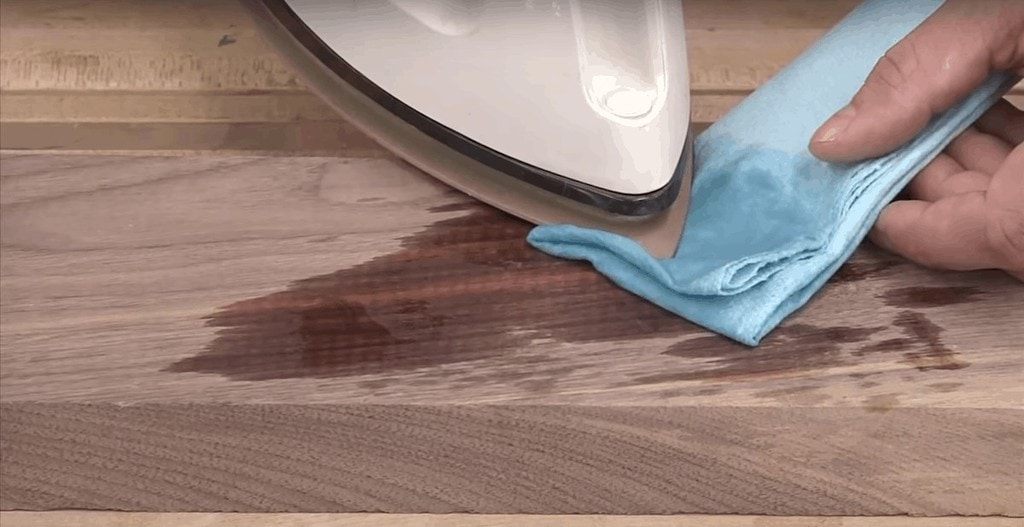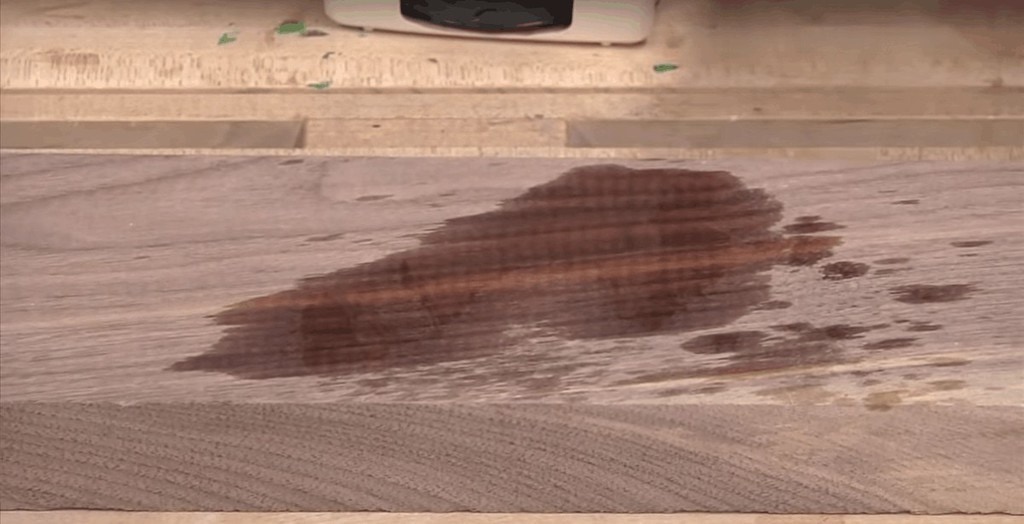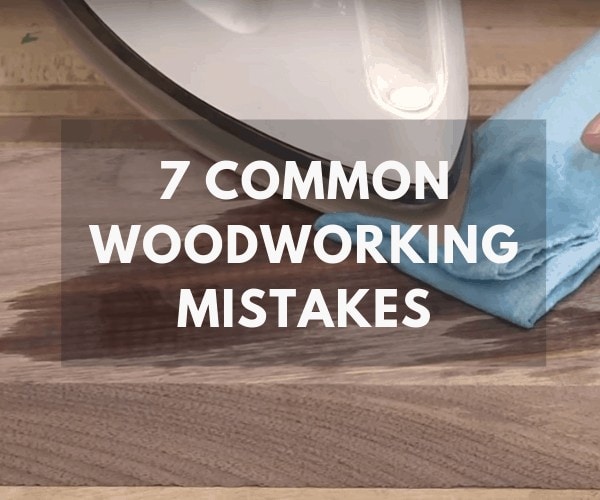
When it comes to DIY woodworking, the entire process is a journey where you’re constantly learning. You’re going to make common mistakes along the way. Sometimes, you’re going to make huge mistakes. The important thing is that you learn from those mistakes as you grow your carpentry skills.
Today, we’re going to cover some of the most common woodworking mistakes. That way, you’ll be able to avoid making these same mistakes in your work.
Table of contents
#1 Using the Wrong Blade or Using a Dull Blade
One common woodworking mistake is using the wrong blade for the job or using a blade that’s dull and no longer effective. Whether you’re working with a table saw, miter, chop, or circular saw, or even a router, you always need to examine your blade for wear and tear before you begin each job.
You also need to ensure that the blade you’re using is the right blade for the job. A fine-tooth blade designed for cutting metal or plastic is going to result in ugly looking cuts with tons of tearout if you use it on wood. Meanwhile, a coarse tooth blade designed to cut wood is going to do a poor job cutting metal or plastic.
Before you start any project, give your saw blade a once over to ensure that it’s A) the right blade for the job and B) in good, working condition. Check out our guide to how to clean saw blades for some helpful tips.
#2 Forcing Square Pegs into Round Holes
As a beginner, chances are you aren’t sitting on a cache of specialty woodworking tools. At first, you’ll run into plenty of instances where you don’t quite have the right tool for the job, but you can improvise and make it work using a different tool.
The key here is to learn when you can get away with MacGyvering a new solution, and when you absolutely need to bite the bullet on that specialty tool purchase. Besides, with so many shops offering free or inexpensive tool rental programs, there’s no reason to compromise your work with the wrong tools when a quick trip to the store is all you need to get the job done right.
#3 Router Burn
Nasty burn marks are a signature characteristic of the work produced by most beginner woodworkers. While burn from a flat blade is easy to remove through sanding, it can be much more difficult to remove router burn.
Router burn occurs when the hot metal router bit heats up to the point that it’s able to leave a burn mark on the wood. The unique profile of the router bit also makes it more difficult to remove the burn from your finished work.
To avoid this, always make sure you’re using a clean bit that’s adequately sharp. The number one cause of router burn is using a bit that’s dirty and caked with resin. Also, make slow, shallow passes with the router to avoid overloading the router, which can also lead to router burn.
#4 Not Respecting the Wood
Rule number one of woodworking: Wood is a living, breathing material. It will expand, contract, warp, or bow based on the temperature and moisture content of its environment. Not leaving room for expansion and contraction is one of the most common mistakes that beginners make, and it’s one of the easiest to avoid.
Beyond using spacers to allow the wood to move, it’s also important that you give the wood time to acclimate to its new environment before you begin your project. Consider investing in a moisture meter, so you have a better idea of the level of moisture inside your material.

#5 Poor Finishing Practices
One of the most common and frustrating mistakes that beginners make is finishing their projects in a dirty workshop, or not following instructions properly. The finish of a piece is what elevates it to the next level, and it’s also one of the easiest steps to botch.
We’ve all been there before: you’ve finally completed your project, and it’s ready for finishing. You’re in a rush to get it finished so you can show it off, and in your haste, you end up with a shoddy finish job.
Perhaps you didn’t allow the piece enough time a dry, or you finished it in an environment that was too humid. Perhaps you did everything right, except you finished it in the same sawdust filled workshop that you completed the build in, and now there are specs of dust and debris throughout the piece.
When it comes to finishing, take your time, follow instructions, and always finish the job in the proper environment.
#6 Forgetting the Kerf
One of the most frustrating mistakes that we’ve all made as beginners is not accounting for the saw kerf in our measurements. You complete the cuts you have to make, they’re all smooth and perfect, and you later realize that the size you think you have is off by 1/16” or more. This is because you didn’t account for the saw kerf in your measurement.
The size of the kerf is equal to the width of your saw blade, and it’s critical to keep that in mind when measuring and cutting to achieve precision.
#7 Rushing the Measurements
One mistake that evened seasoned woodworkers are guilty of from time to time is rushing. As you continue to grow and improve, you’ll learn where you can and can’t cut corners to save time. One area you should never rush is when it comes to your measurements.
Precise measurements are paramount to the success of any project, and the slightest mistake will result in a less than perfect job. Remember the adage “measure twice, cut once” and stick to it.
Conclusion
Like any hobby or profession, woodworkers who are getting their start in the industry are going to make tons of common woodworking mistakes. As you continue your education, you’ll be able to limit or eliminate these common mistakes, and produce pro-quality work with ease. Remember, every mistake is an opportunity to learn and grow as a woodworker. Have you made any of these woodworking mistakes before? Let us know in the comments.

